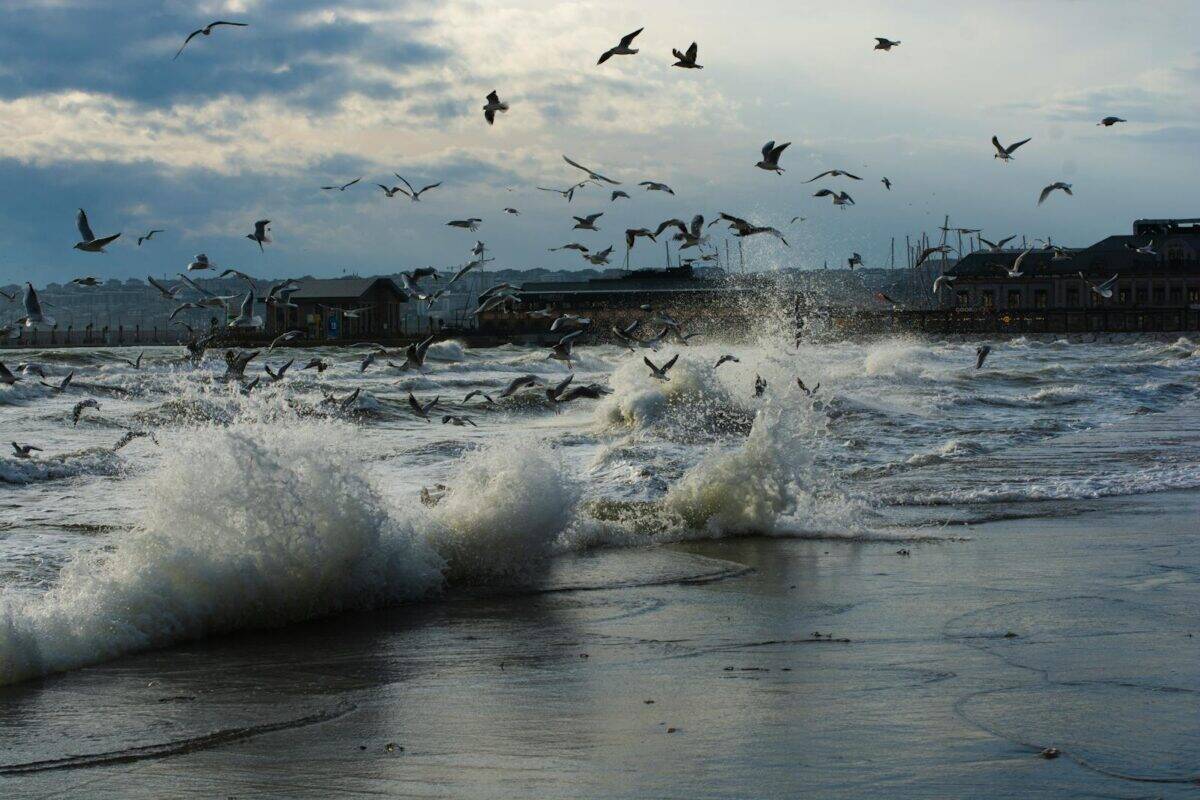For millennia, birds have embarked on epic migratory journeys, navigating thousands of miles with remarkable precision. These seasonal movements, refined over evolutionary timescales, represent one of nature’s most spectacular phenomena. Yet today, this ancient choreography faces an unprecedented threat: climate change. As global temperatures rise and weather patterns shift, the delicate timing and routes of bird migration are being disrupted in ways that challenge species survival. From earlier spring arrivals to altered stopover sites, these changes ripple through ecosystems worldwide, affecting not just the birds themselves but entire biological communities. This article examines how climate change is reshaping bird migration patterns and what these changes mean for avian populations and the ecosystems that depend on them.
The Science Behind Bird Migration
Bird migration is a complex biological phenomenon driven by internal physiological cues and environmental triggers. Most migratory birds rely on a combination of innate genetic programming, celestial navigation, magnetic field detection, visual landmarks, and even smell to navigate with astonishing accuracy. Their internal biological clocks trigger hormonal changes that prepare them for migration based on factors like day length (photoperiod). These journeys evolved over thousands of years as adaptations to seasonal resource availability, allowing birds to exploit abundant food sources during breeding seasons and avoid harsh winter conditions. Migration is an energetically demanding process requiring precise timing with food availability along routes – a system that evolved under relatively stable climate conditions. This finely tuned system depends on predictable environmental cues that climate change is now rapidly altering.
Shifting Timing of Migration

One of the most documented effects of climate change on bird migration is phenological shift – changes in the timing of seasonal activities. As spring temperatures arrive earlier in many regions, numerous bird species have advanced their migration schedules. A comprehensive analysis of European migratory birds found that spring arrival dates have advanced by approximately 0.1-0.3 days per year since the 1970s. For example, studies show the European Pied Flycatcher now arrives at breeding grounds up to 10 days earlier than it did in the mid-20th century. However, this timing shift isn’t uniform across species or populations, creating potential mismatches between birds’ arrival and peak food availability. Short-distance migrants typically show more flexibility in adjusting their migration timing than long-distance travelers, which often rely on day length rather than temperature cues to initiate migration, making them more vulnerable to climate-induced phenological mismatches.
Ecological Mismatches and Reproductive Consequences
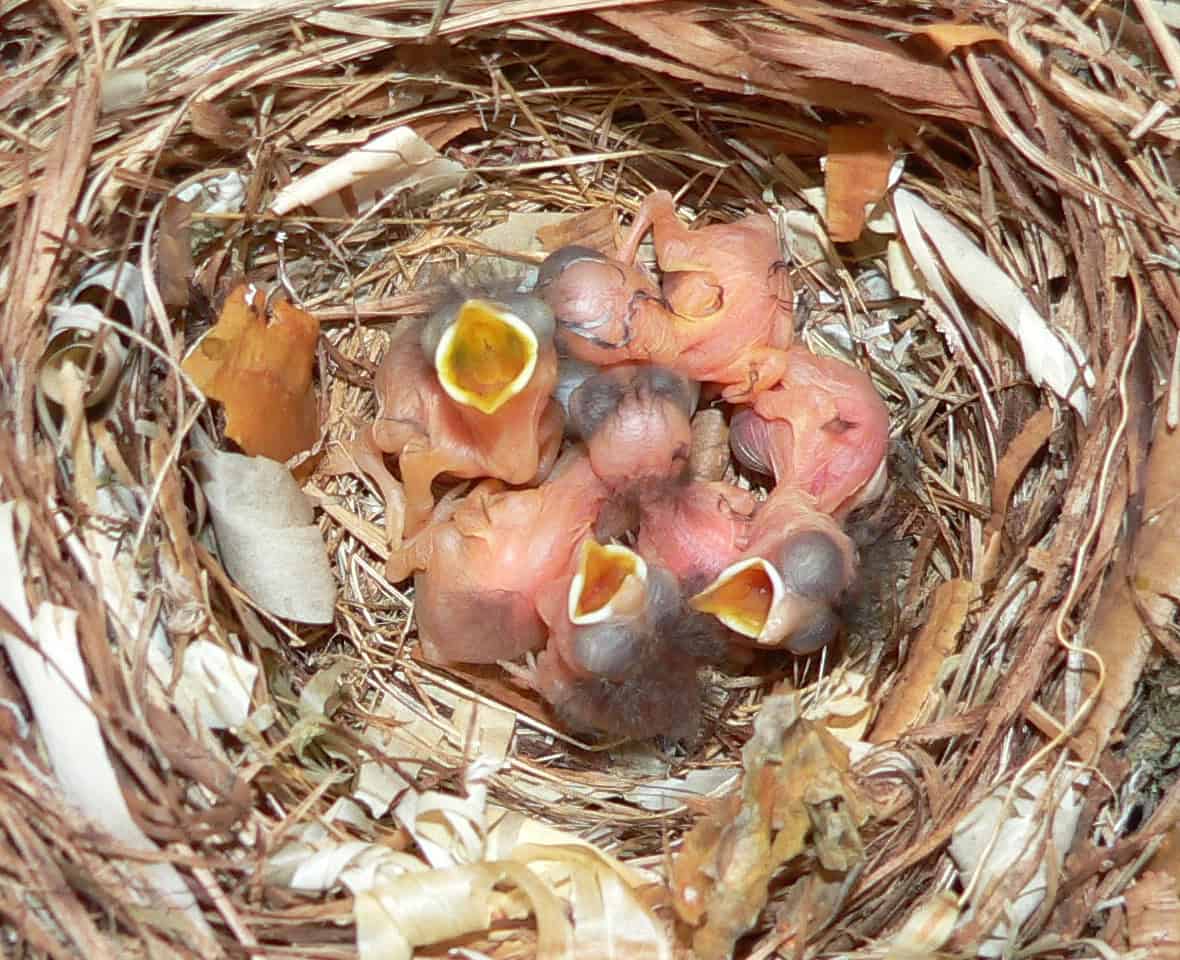
Perhaps the most concerning impact of altered migration timing is the potential for ecological mismatches. Many bird species time their breeding to coincide with peak food abundance, particularly insects, which are vital for feeding nestlings. As spring arrives earlier, plant budding and insect emergence advance accordingly, but some birds—especially long-distance migrants—may not adjust their arrival dates quickly enough. The Great Tit in Europe offers a clear example: caterpillars, their primary nestling food, now peak approximately 9 days earlier than in the 1970s, but the birds haven’t fully kept pace. Research shows that such mismatches can reduce reproductive success by 60% in some populations. The European Pied Flycatcher populations have declined by 90% in some areas where the mismatch is most severe. These reproductive consequences represent one of the most direct threats climate change poses to migratory bird populations, potentially leading to significant population declines if birds cannot adapt quickly enough.
Changes in Migration Routes and Distances
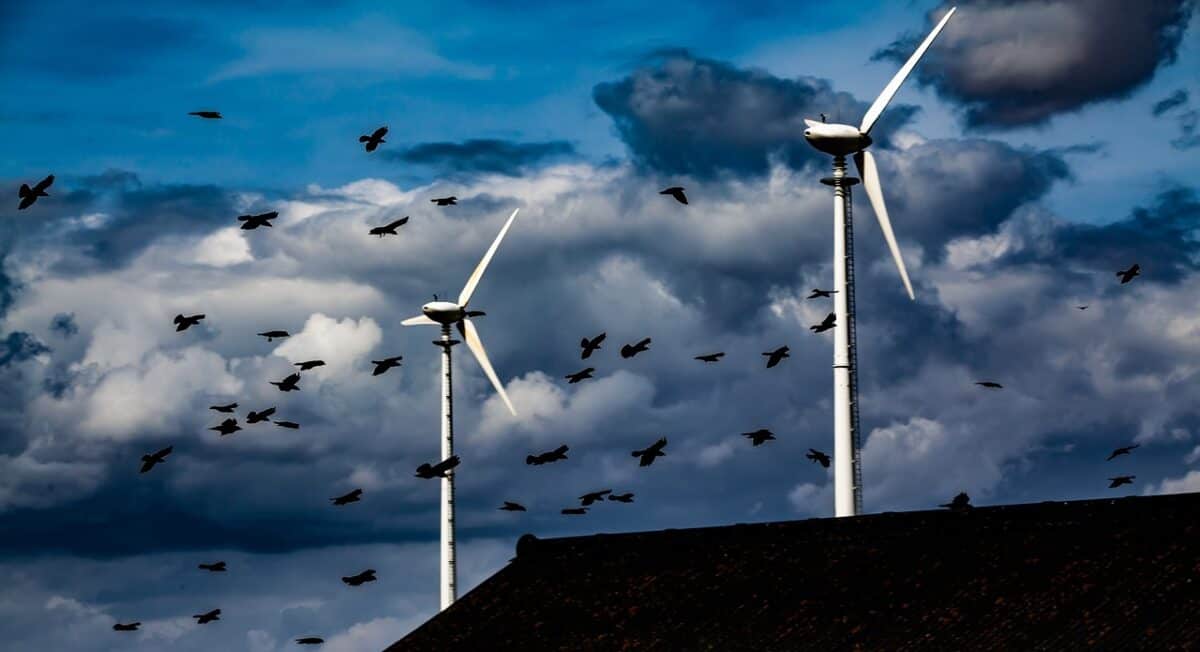
Climate change is not only affecting when birds migrate but also where they go. Warming temperatures are shifting the geographical range of many species poleward, with corresponding changes in migration routes and distances. Some traditionally migratory species are shortening their journeys or becoming completely resident as winter conditions become milder in their breeding grounds. The European Blackcap provides a fascinating example of rapid adaptation – a significant portion of the population that once migrated to the Mediterranean has established a new migratory route to winter in the United Kingdom, where warmer winters and bird feeders provide sufficient resources. Meanwhile, historically resident species like the Northern Cardinal are expanding their ranges northward. Analysis of 70 North American bird species found that their winter ranges have shifted northward by an average of 1.4 km per year since the mid-20th century. These changes in migration patterns reflect birds’ adaptability but also raise questions about the long-term ecological consequences of such rapid shifts.
Weather Extremes and Migration Hazards

Climate change isn’t just about gradual warming; it’s also producing more frequent and severe weather events that create acute hazards for migrating birds. Powerful storms, particularly during peak migration periods, can force birds off course, exhaust their energy reserves, or even cause mass mortality events. In 2017, Hurricane Harvey forced an estimated 1.5 million migrating birds to land unexpectedly, causing significant disruption to their journeys. Prolonged droughts are altering the availability of critical stopover habitats, particularly wetlands that many waterbirds depend on. Heat waves can cause direct mortality – during a 2020 heat event in the southwestern United States, thousands of migrating swallows were found dead, apparently unable to find sufficient insect food in the extreme heat. These acute weather events, becoming more common and severe with climate change, add another layer of risk to already challenging migratory journeys and can have immediate population-level impacts that are more dramatic than gradual temperature changes.
Habitat Loss and Changing Landscapes
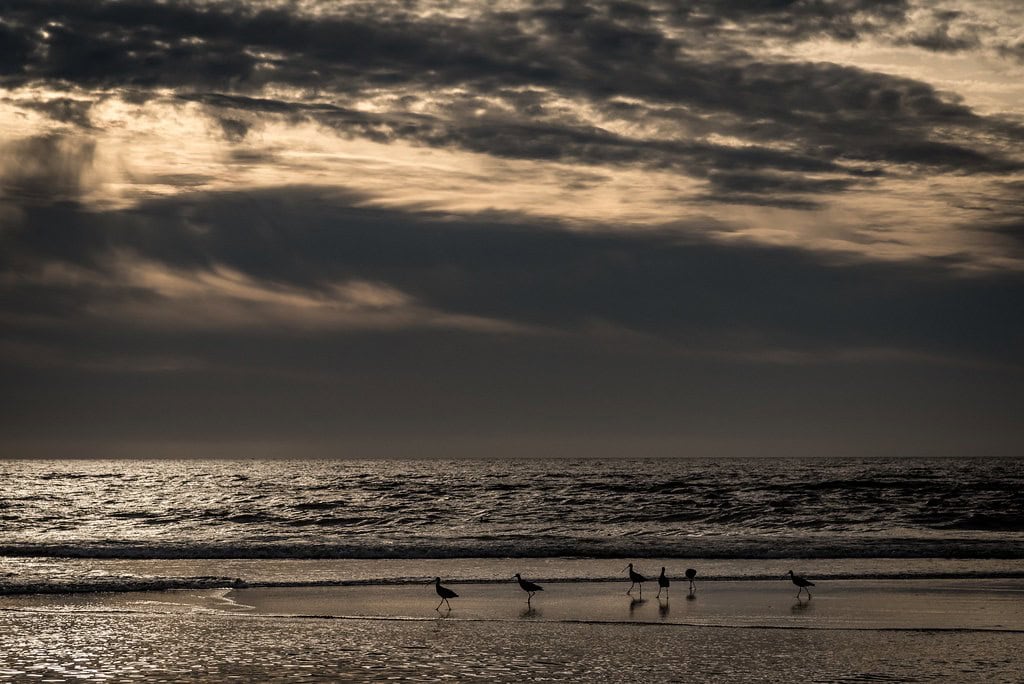
Climate change is transforming critical habitats along migratory routes through various mechanisms. Rising sea levels threaten coastal wetlands that serve as vital stopover sites for shorebirds and waterfowl. The Yellow Sea region between China and Korea, for example, has lost over 65% of its intertidal habitat, affecting millions of migratory shorebirds on the East Asian-Australasian Flyway. Desert expansion in Africa and the Middle East is eliminating crucial stopover habitats for birds traveling between Europe and sub-Saharan Africa. Meanwhile, changing precipitation patterns are altering freshwater wetland distribution and persistence, affecting species like the Whooping Crane that depend on specific wetland chains during migration. Arctic breeding grounds are warming at twice the global average rate, causing earlier snowmelt, vegetation changes, and shifts in insect emergence that affect migratory species like the Red Knot. These habitat transformations force birds to adapt by finding new stopover sites or face increased mortality during migration – a particular challenge for species with high site fidelity that return to the same locations year after year.
Differential Impacts Across Species

The effects of climate change on migration are not uniform across bird species, creating winners and losers in this rapidly changing world. Generally, specialist species face greater challenges than generalists. Birds with specific habitat requirements, narrow diets, or inflexible migration timing are more vulnerable to climate disruptions. Long-distance migrants, particularly those crossing ecological barriers like deserts or oceans, face more significant risks than short-distance migrants because they have less opportunity to assess conditions ahead and make adjustments. Larger-bodied birds may have more energy reserves to cope with challenging conditions but reproduce more slowly, limiting their adaptive capacity. Research comparing European migratory birds found that those traveling to sub-Saharan Africa have experienced steeper population declines than short-distance migrants within Europe. Species like the Wood Thrush, which migrates between North America and Central America, have declined by over 60% since the 1970s, while some short-distance migrants and residents have maintained stable populations. These differential impacts may lead to significant changes in bird community composition across regions.
Polar and Arctic Migrants Face Unique Challenges
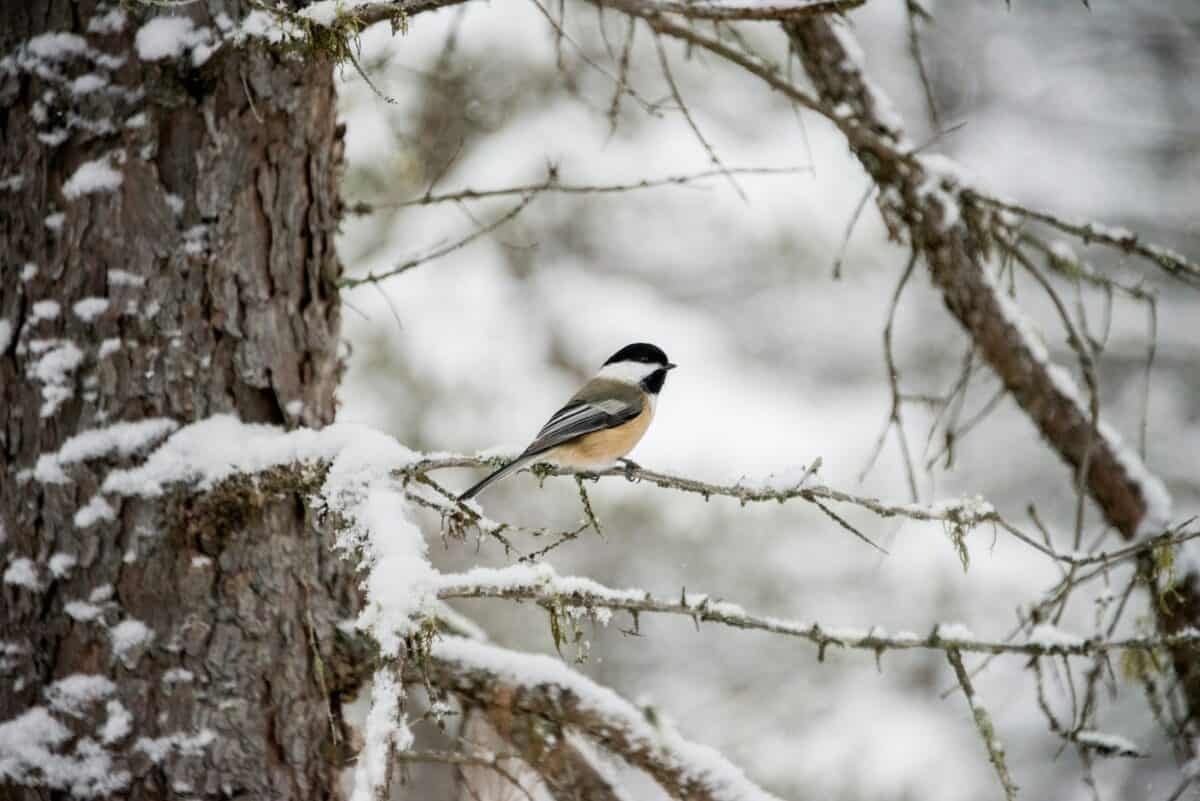
Birds migrating to or through polar and arctic regions face particularly severe climate disruptions, as these areas are warming at more than twice the global average rate. Arctic-breeding shorebirds like the Red Knot and Ruddy Turnstone time their migrations to coincide with the brief but intense pulse of insect abundance during the arctic summer. As the timing of snowmelt and insect emergence shifts, these birds face significant challenges in adjusting their migration schedules. The Semipalmated Sandpiper’s breeding success has declined by approximately 40% in parts of Alaska due to such mismatches. For species like the Snow Goose, earlier spring thaws have actually increased breeding success in some populations, though this has led to population explosions that damage fragile arctic vegetation. Rapid warming is also changing the vegetation composition of arctic breeding grounds, with shrubs encroaching on the open tundra habitat preferred by many migratory birds. These specialized arctic migrants face some of the most dramatic habitat transformations on the planet, with limited options for finding alternative breeding areas with similar conditions.
Ocean Changes and Seabird Migration
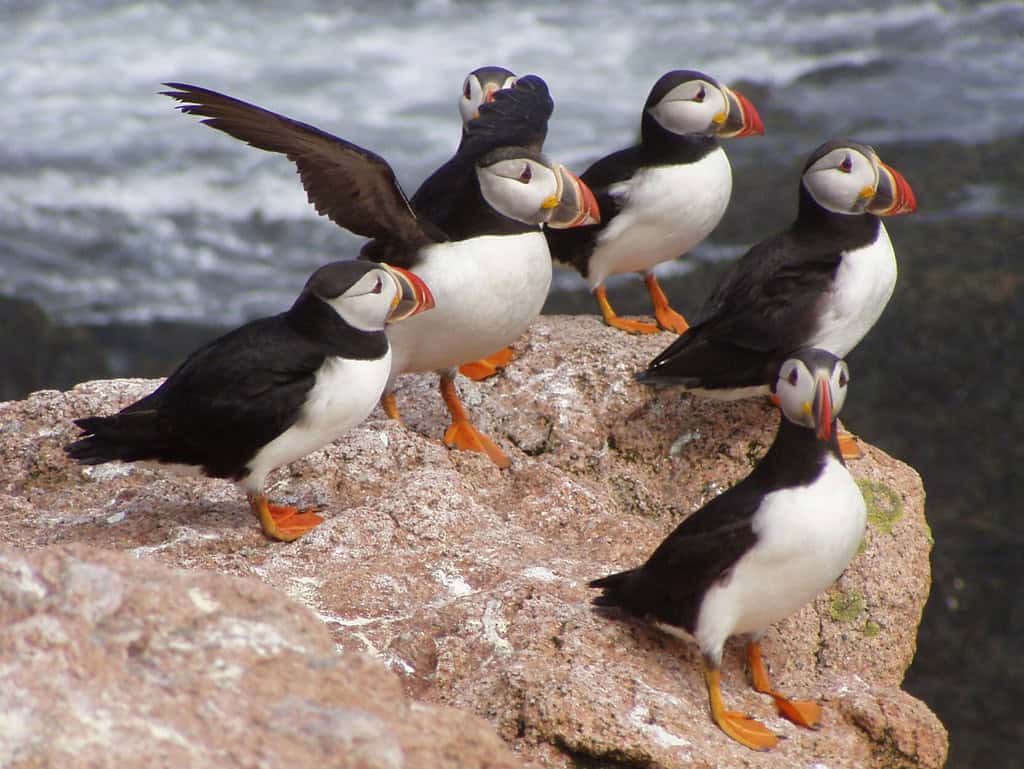
Migratory seabirds face distinct challenges as climate change alters marine ecosystems. Ocean warming is shifting the distribution and abundance of fish and other marine prey species, sometimes moving them beyond the reach of breeding colonies. The Atlantic Puffin, which migrates between North Atlantic breeding colonies and wintering areas at sea, has experienced breeding failures in years when warming waters pushed their preferred prey species (small fish like sand eels) beyond their foraging range. Changes in ocean circulation patterns are affecting nutrient upwelling, which supports the productive marine food webs that seabirds depend on. A study of 14 seabird species in the Northeast Atlantic found that 79% have experienced population declines linked to climate-driven changes in prey availability. More intense and frequent marine heat waves are also causing mass mortality events in prey species – a 2014-2016 heat wave in the Pacific Ocean, nicknamed “The Blob,” caused widespread starvation among migrating Common Murres. These oceanographic changes present unique challenges for seabirds, which often have high site fidelity to breeding colonies established in locations that historically provided reliable access to productive feeding areas.
Adaptation Strategies and Evolutionary Responses
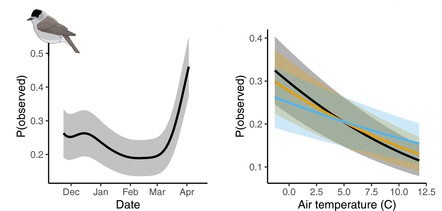
In the face of rapid climate change, birds are demonstrating various adaptation strategies, though with differing success rates. Phenotypic plasticity – the ability to adjust behavior without genetic changes – allows some species to respond quickly by altering migration timing or routes based on environmental cues. The European Blackcap’s establishment of new migratory routes to the UK represents such adaptability. Longer-term genetic adaptation through natural selection is also occurring, with birds that migrate at more advantageous times having higher reproductive success, gradually shifting population-level timing. However, there’s growing concern that climate change may be outpacing many species’ capacity for evolutionary adaptation, particularly for long-lived species with slower generation times. Research on Great Tits in the Netherlands has documented both phenotypic plasticity and genetic selection for earlier breeding, but even these adaptations haven’t fully closed the gap with advancing caterpillar emergence. The challenge is particularly acute for long-distance migrants that rely on day length rather than temperature cues, as day length patterns remain unchanged while temperature regimes shift.
Conservation Implications and Interventions

Understanding how climate change disrupts bird migration has crucial implications for conservation strategies. Traditional conservation approaches focused on protecting static habitats may be insufficient when species ranges and migration patterns are rapidly shifting. Instead, conservation networks need to protect connected corridors of habitat that allow for range shifts and changing migration routes. Wetland conservation and restoration along major flyways has become especially critical, with projects like the North American Wetlands Conservation Act helping to maintain stepping-stone habitats for migrating waterbirds. International cooperation is essential, as effective conservation must span political boundaries. The Agreement on the Conservation of African-Eurasian Migratory Waterbirds exemplifies such collaboration, protecting habitats across the entire flyway. Some interventions may need to become more direct, such as supplemental feeding in migration hotspots during extreme weather events or even assisted migration for species unable to adjust naturally. Conservation planning must incorporate climate projections and focus on enhancing ecological connectivity and resilience rather than preserving static historical conditions.
Citizen Science and Monitoring Changes

Tracking the complex and widespread changes in bird migration patterns requires extensive data collection across vast geographical areas – a challenge that citizen science has helped address. Programs like eBird, managed by the Cornell Lab of Ornithology, have mobilized hundreds of thousands of volunteer observers to document bird occurrences, creating a massive database that allows scientists to track migration timing and route changes at continental scales. The North American Breeding Bird Survey and Christmas Bird Count provide long-term data series that reveal multidecadal trends in bird distribution and abundance. These citizen science initiatives not only generate valuable scientific data but also engage the public in bird conservation and climate awareness. Technological advances have further enhanced monitoring capabilities – automated acoustic recording units detect vocal migrants, radar networks track migration intensity and timing, and miniaturized tracking devices reveal the detailed movements of individual birds across their full annual cycle. This combination of broad citizen participation and technological innovation has revolutionized our understanding of how climate change affects bird migration and provides an essential foundation for conservation responses.
The future of bird migration in our rapidly changing climate presents both challenges and uncertainties. Climate models project continued warming, more extreme weather events, and further shifts in precipitation patterns, all of which will continue to reshape migratory behaviors and routes. Some species will likely adapt successfully through behavioral flexibility or evolutionary change, while others may face decline or even extinction if they cannot adjust quickly enough. Migration as a life history strategy itself may become less advantageous for some species as winters moderate, potentially leading to more resident populations. The complex interactions between climate change and other anthropogenic pressures – habitat destruction, pollution, invasive species, and direct human persecution – create multiple stressors that compound challenges for migratory birds. Despite these grim projections, coordinated conservation action can make a difference. Strategic habitat protection, international agreements, pollution reduction, and aggressive climate mitigation efforts could preserve much of the spectacular phenomenon of bird migration. Birds have survived climate changes in the past, though none as rapid as the current anthropogenic warming, and their resilience should not be underestimated. However, preserving the full diversity and abundance of migratory birds will require unprecedented global cooperation and environmental stewardship in the coming decades.
- The Fish That Builds Nests - August 23, 2025
- The Insect That Ices Itself - August 23, 2025
- 15 Weirdest Things Fish Can Do - August 23, 2025

